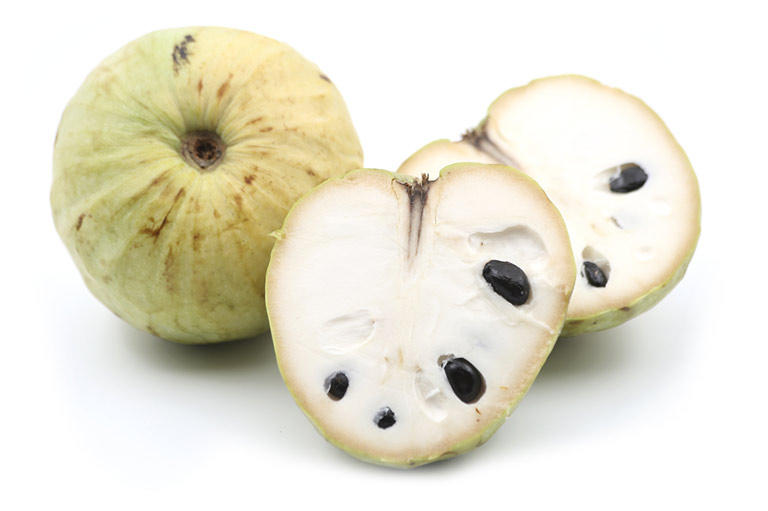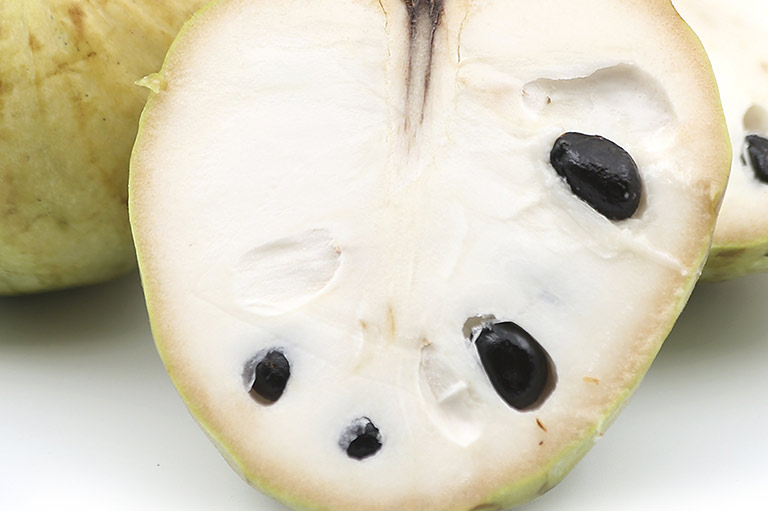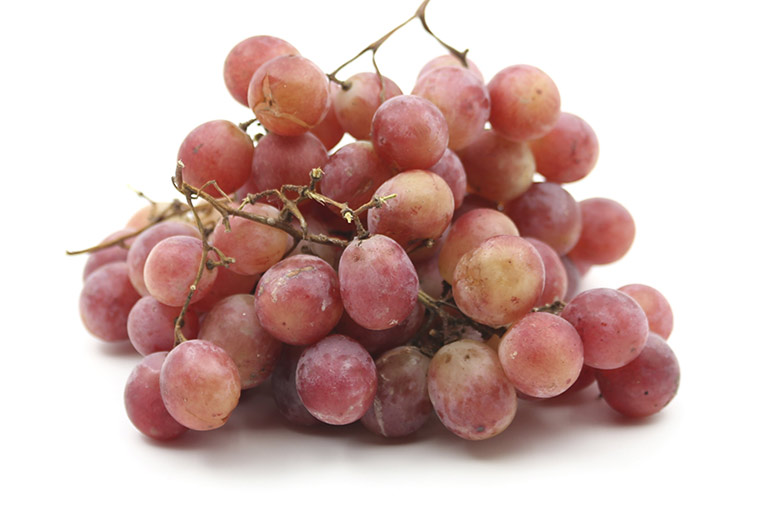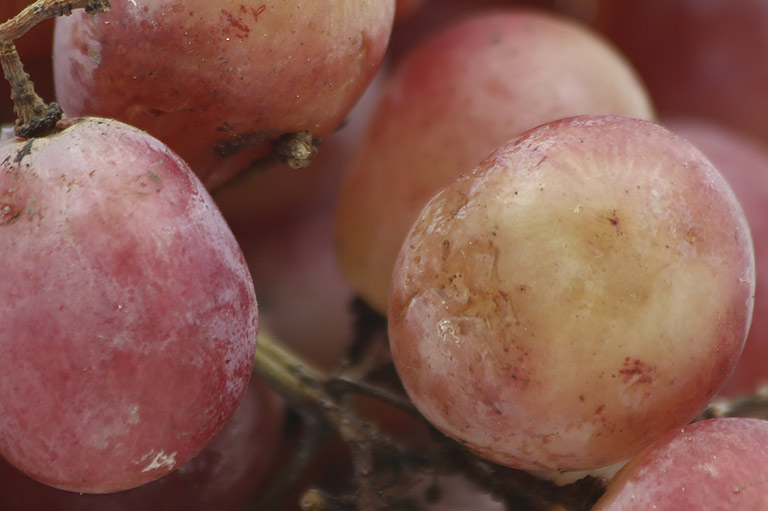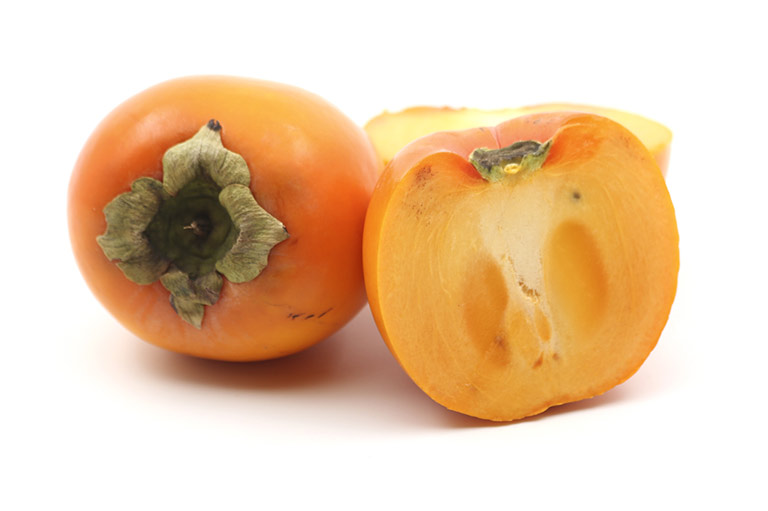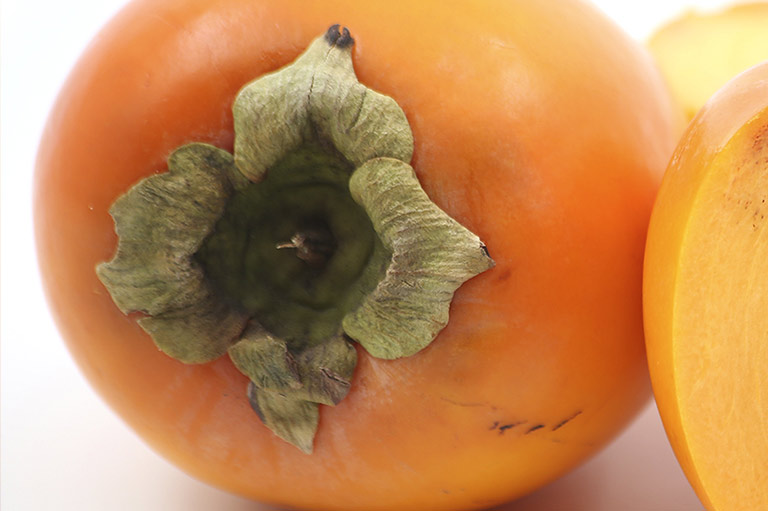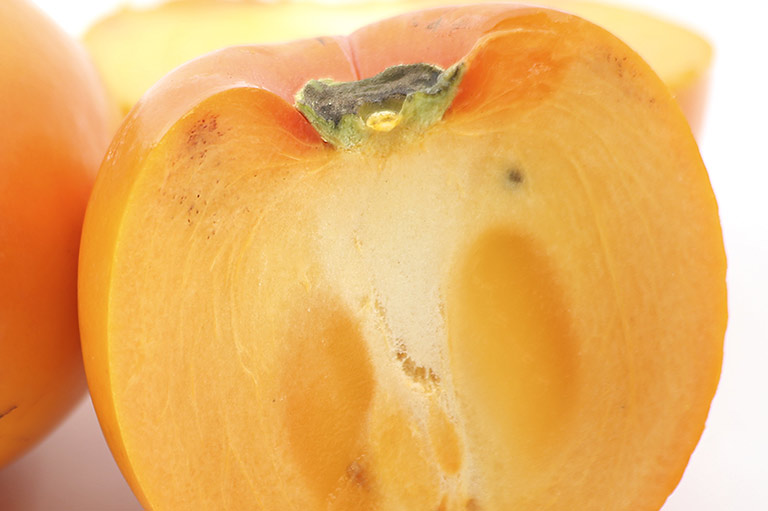October
Autumn begins in October. Now is the moment when the harvesting of citrus fruits begins, and pomegranates, grapes and custard apples welcome a time of year we farmers love.
Nature also signals the move out of summer by bringing us interesting new flavours; olives, acorns, mushrooms, persimmon and many other fruits. And hopefully the autumn rains will be coming soon, to help turn our fields green again.
Custard Apple
Available November – April
The custard apple is native to South America, specifically the Andean region near Ecuador and Peru, where it grows at altitudes of 1,400 to 2,000 meters. It stands out for its high carbohydrate content and natural sugars, while remaining relatively low in calories; typically around 80-100 calories per 100-gram serving makes it a good choice for those watching their calorie intake.
Custard apples made their way to Europe during the Age of Exploration, spanning the 15th to 17th centuries. In Europe they adapted to the climate, giving rise to various regional varieties. Despite its South American roots the custard apple grows well in Europe, particularly along the coast of Granada in the areas of Almuñécar, Jete, Otivar, and Salobreña.
Autumn and winter mark the custard apple’s moment of maturity, making this the ideal time to enjoy its delightful flavour and health benefits. It is an extremely sensitive and delicate fruit which requires careful handling, and has a short shelf life; the best time to consume it is from the fourth day after collection, maintaining it at room temperature.
Custard apples are a good source of potassium, essential for regulating blood pressure, muscle function, and nerve activity. Their low sodium content means they can be recommended to individuals with heart issues, liver concerns, hypertension, or those taking diuretics.
Grapes
Available September – December
Table grapes are the ones you enjoy fresh and unprocessed, distinct from the varieties usually used in winemaking or for producing raisins. In ancient times, the Greeks and Romans cultivated specific grape types known for their large, sweet fruit. Grapes held a significant place in people’s diets, not just the affluent (alongside figs) but also the general population. They served multiple purposes; not only as a delightful snack, but also as a natural sweetener in various dishes and drinks.
Recent scientific research has uncovered the presence of the antioxidant resveratrol in grapes. This compound offers potential health benefits, including regulating blood vessel expansion, reducing blood clotting, easing pain and inflammation, lowering blood sugar levels, and aiding in conditions like high cholesterol, cancer, and heart disease.
Grapes can enhance salads and other dishes, providing a refreshing sweetness. They’re particularly enjoyable in heartier autumn and winter recipes, paired with stuffing or roast meat. Additionally, grapes can be prepared through methods like sautéing or baking; adjust the cooking time to achieve your desired level of juiciness or firmness.
Persimmon
Available November – January
The persimmon, a fruit closely associated with autumn, comes from a tree belonging to the ebony family that can grow as tall as twelve meters, though it is usually kept shorter for easier harvesting.
You might encounter two terms; “persimmon” and “Sharon fruit”. These distinguish the “Sharon fruit” variety – known for being seedless, non-astringent before full ripeness, and having a delightful honey-like sweetness when fully ripe – from other types of persimmon, especially astringent varieties that require more ripening to turn soft and fully sweet.
Surprisingly, the persimmon is actually a berry! They have a relatively long shelf life compared to other fruits, maintaining their quality and flavour when stored for extended periods. They are a rich source of vitamins A, C, E, and K, potassium, and other vital antioxidants. Their high dietary fibre content aids digestive health, and persimmons contain good amounts of antioxidants like carotenoids and flavonoids.
Persimmons are a smooth, tasty, and very sweet fruit. You can enjoy them whole, sliced in salads and desserts (try a persimmon tart – it’s amazing!), or in preserves.
